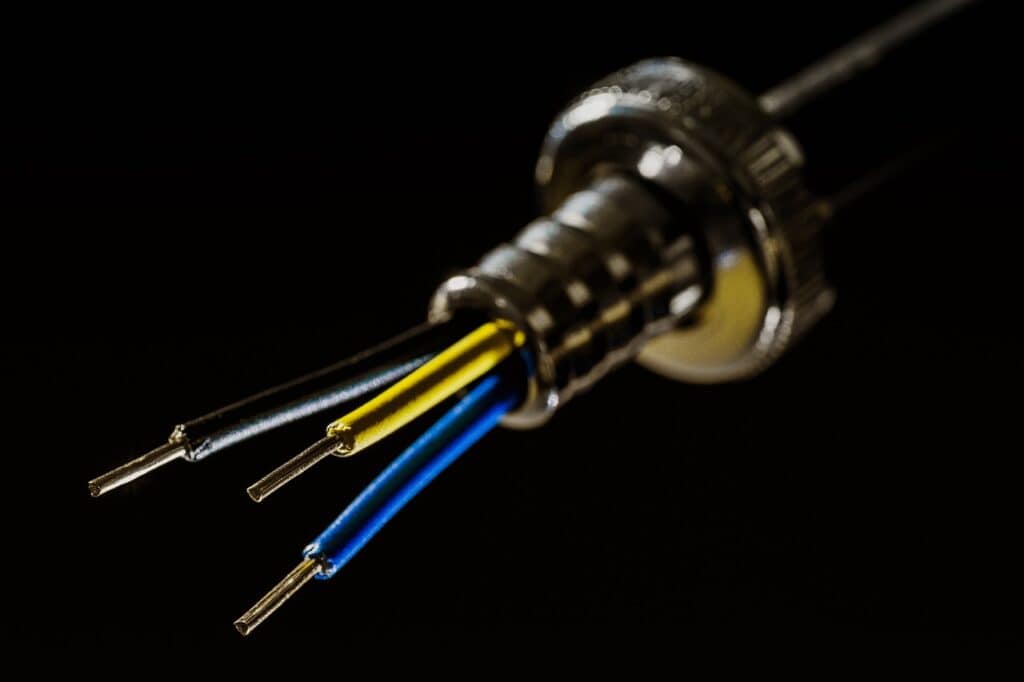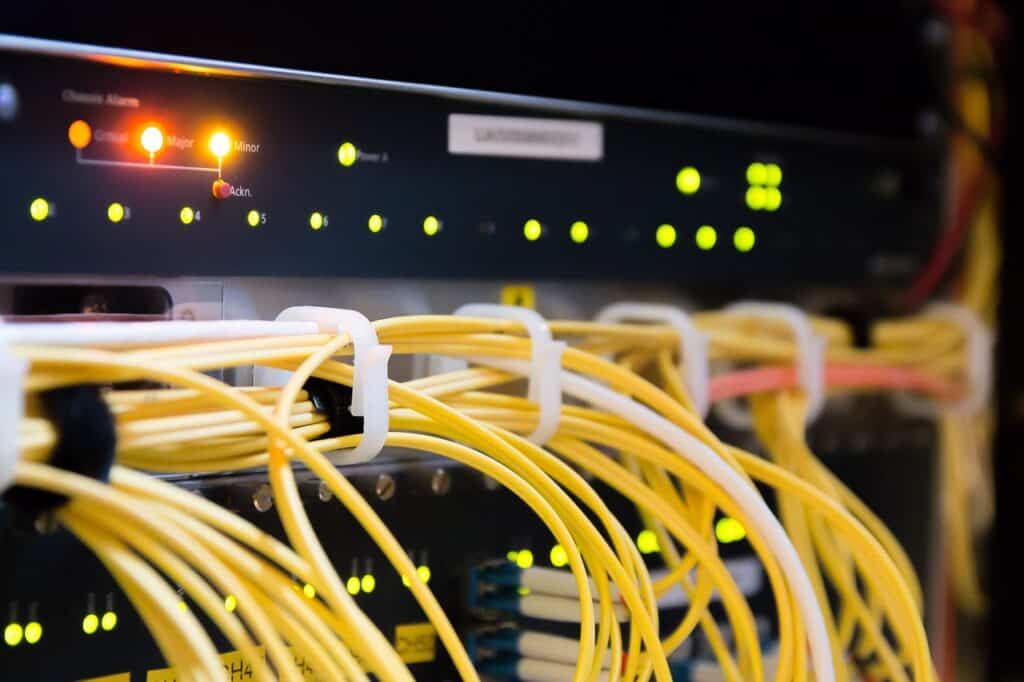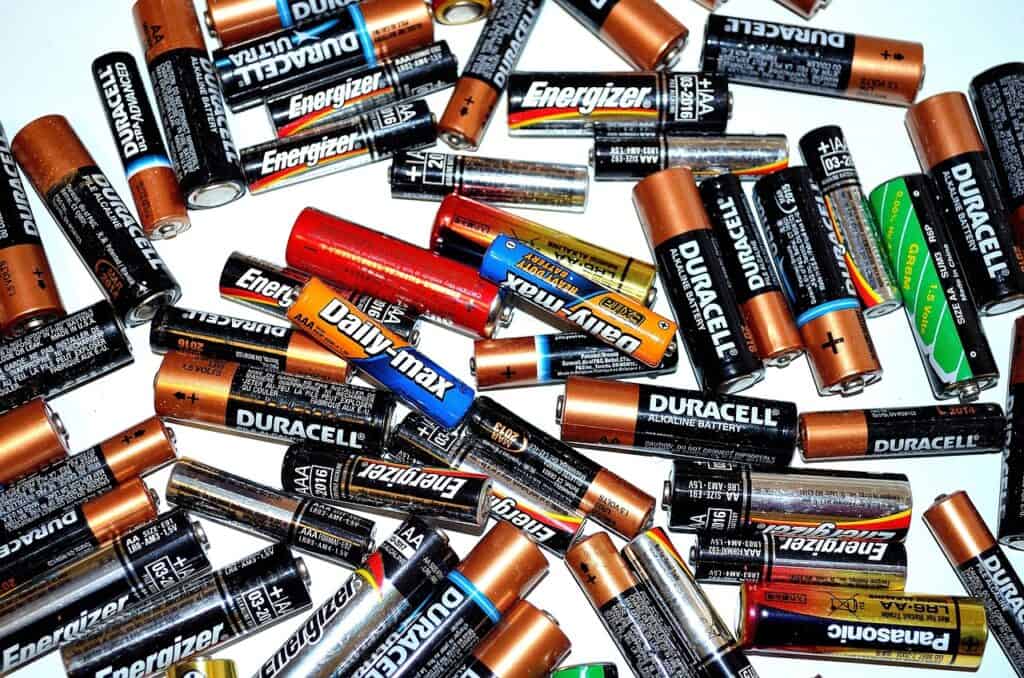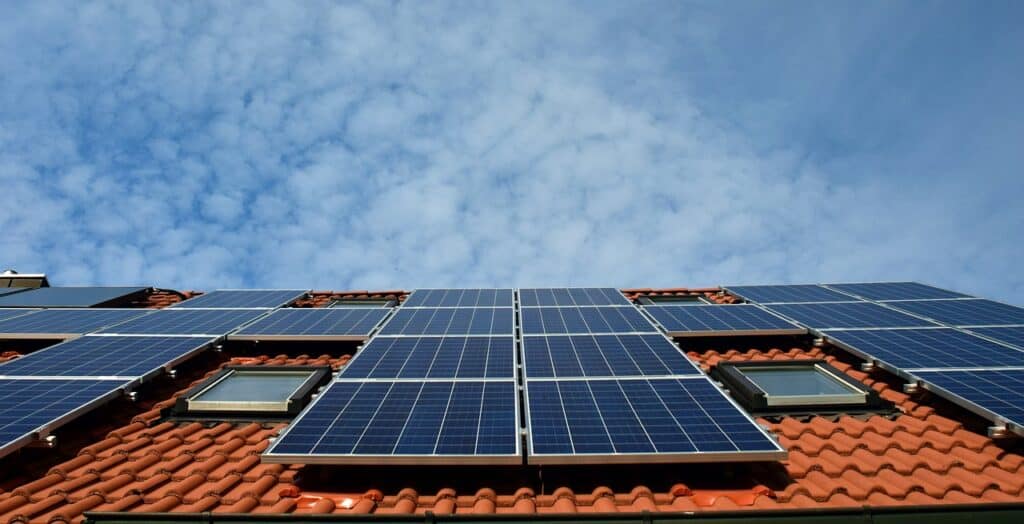When purchasing security cameras, we frequently opt for the best specifications and the most straightforward setup, not realizing that a reliable power source is just as vital.
Whether you install wireless security cameras for convenience or wired security cameras for dependability, both require a steady power supply to ensure your property is secured 24 hours a day, seven days a week.
Security cameras are powered in a variety of ways. For example, battery-powered security cameras and PoE cameras (Power over Ethernet) require unique charging techniques.
Several types of security cameras are on the market, each with its power supply method, such as the most popular wireless security cameras, wire-free CCTV cameras, and PoE cameras.
Although wireless security cameras have an advantage over typical security cameras in terms of flexibility, providing them with steady power remains a challenge.
These cameras take a significant amount of electricity to scan your surroundings. It also relies on the camera’s frequency and whether it supports continuous video recording (CVR).
How Do You Power A Wireless Security Camera?
One of the most often asked questions about wireless security cameras is how to power them.
While there are several battery and solar power options, battery power is often the best. If you intend to install one indoors or outdoors, make sure to get one that is suitable for outdoor use.
Batteries are typically exceedingly sturdy and long-lasting. You can discover the perfect camera to secure your home with a little investigation.
A security camera must always be operational, and there will be instances when you must review the film. While many cameras use batteries, some use five-volt batteries.
It is critical to consult the specifications sheet to calculate the voltage required to charge your camera. You can also select a camera with a USB charger, which means you can plug it into your home power socket, and a USB converter will connect to your camera.
A spicing lead can also be used to power a wireless security camera. This is a simple approach to extending its range.
However, do not strain the wires too tightly since this may create extra resistance, increase current consumption, and possibly harm the camera’s circuitry.
Use AWG (American Wire Gauge) wire thick enough to handle the voltage and resistance to guarantee appropriate wiring.
Four Ways to Power Wireless Security Cameras
Here are four ways to power wireless security cameras:
1. Power Cables

In terms of energy sources, wireless security cameras are not wireless. While some versions can be powered totally by batteries or power supplies, others are exclusively powered by power outlets.
This, however, can be regarded as a disadvantage because you will have to compromise on camera positioning.
We frequently mount these cameras on higher land, such as trees, to monitor a larger field of view. However, consider the outlet’s location if you intend to deliver power via a power cord.
Though you can still be stylish in your camera placement, most people need help with handling the power supply from the mains.
Wireless cameras, as previously said, are highly energy-intensive. It is the most efficient because it does not deplete like a battery.
You can effortlessly power your camera while simultaneously downloading footage (from the camera) to your selected device (through your wireless network connection).
2. Power Over Ethernet (PoE)

Several security cameras, like power cords, support PoE to power them up. Power over Ethernet allows network cables to power electrical devices.
If the camera supports PoE, only a single connection to the router is required.
Once the connection is made, power and data (video) will be transmitted via the same channel.
Because most PoE-enabled security cameras come with CAT5 or CAT6 cables to connect to the router, this solution is also highly cost-effective.
3. Battery-Powered

Batteries can also be used to power wireless security cameras. You won’t have to compromise the camera’s position with a battery-powered supply.
Install the camera with fresh indoor or outdoor monitoring batteries, and you’re ready to go.
Batteries drain faster and are often regarded as high-maintenance sources. It’s preferable to get a camera system with a rechargeable battery pack so you may save money on batteries from time to time.
Batteries can last for more than three months, depending on how the camera is used. Some camera systems watch movements.
Therefore, their active monitoring period is substantially less. This, in turn, increases battery life.
However, the batteries will drain significantly faster if your camera is continuously monitoring. You’d be continually charging and inserting batteries into the camera.
4. Solar Panels

Solar panels are one of the most straightforward methods of powering your wireless cameras.
Solar panels are not available on every wireless camera type but are accessible as add-ons to several cameras.
These are also more expensive than standard cameras but are worth it because they are often low-maintenance.
High-quality cameras can hold a charge for up to a week when placed in direct sunlight for one day.
You’d have to set the camera’s solar panels to shield them and get the most sunshine.
Solar-powered security cameras are very affordable. Your electricity bills will not skyrocket as they would with a power-cabled camera.
The location of solar-powered cameras is one minor disadvantage. You’d have to design the proper placement because the camera and the panels that power it are distinct.
This is also determined by the length of the cable that connects the two accessories.
Do Wired Security Cameras Need Power?
Power is required for wired security cameras. They send video to a central hub through power wires.
A backup power line enables the security cameras to record for as long as the power grid is operational.
A camera that is not plugged in and powered can be easily cut or stolen. Wired cameras are a fantastic alternative for homes and businesses if a backup generator is installed.
They can be placed in any room and feature a simple user interface.
Wireless security cameras can be deployed virtually anywhere but must be powered. A wired camera requires a power outlet to function.
The camera will not work if the power goes out. On the other hand, battery-powered security cameras may be set anywhere and run for months without issue.
Typically, battery-powered security cameras only require a few hours of charging to stay operational. Solar panels can be used to replenish some batteries.
How to power a PoE/wired security camera
A simple cable connection is required when wiring PoE security cameras.
This type of security camera requires one ethernet cable to charge and send data, hence the moniker PoE/Power over Ethernet.
Here are some pointers on how to set up a PoE camera:
1. Planning The Cables
Make a note of the distance between the power supply and the camera. Cat5 or Cat6 power cords are commonly used with PoE security cameras.
2. Wire Installation
Run the wire behind your baseboards or anywhere else it won’t be seen.
3. Connecting The Camera’s Wires
Plug in either end of the power wire to the appropriate connector.
Because it can handle at least eight cameras, this system is ideal for homes that require several security cameras.
Power Supply Tips When Choosing A Security Camera
Here are some common tips for you to note down when shopping for a security camera/system:
- Check the spec sheet of your camera for PoE compatibility.
- Choose areas where a wall socket can be easily accessed, or build wall sockets in the desired locations.
- Consider purchasing a power supply unit box if installing more than four IP cameras.
- Long-distance IP cameras should not be connected to the same power supply unit as short-distance IP cameras.
- To be safe, always multiply the rated power of each camera by 1.3 when estimating the total power usage for your security camera system.
- Install a UPS system for your camera system, or opt for hardwired cameras with a rechargeable backup battery.
- Clean the solar panels regularly if you’re installing solar-powered cameras. (At the very least once a month.)
FAQs
Difference Between Wired Vs. Wireless Security Camera?
Wired security cameras rely on consistent power delivered through cables, while their wireless counterparts draw power from diverse sources like batteries, solar panels, or Power over Ethernet (PoE), depending on the model.
What Are The Primary Power Sources For CCtv Cameras?
CCTV cameras can be powered through wired connections, PoE for dependable performance, or renewable sources like batteries and solar panels, depending on your specific requirements.
How can one efficiently power outdoor security cameras?
Outdoor security cameras can be powered via robust wired connections, PoE for added reliability, or by harnessing solar energy through solar panels.
What’s the ideal power supply for home security cameras?
Home security cameras can be powered through standard electrical outlets, PoE for reliable performance, or by using battery and solar options for versatility and backup power.
Are there security cameras equipped with rechargeable batteries?
Yes, many modern security cameras come with rechargeable battery options, ensuring uninterrupted operation without the need for frequent battery replacements.
What’s the best approach to ensuring a continuous power supply for surveillance cameras?
Surveillance cameras can be powered through PoE for consistent operation or through battery and solar solutions, based on specific surveillance needs and location.
Can individuals establish DIY power solutions for their security cameras?
Certainly, DIY power solutions for security cameras can be fashioned using batteries, solar panels, or even power extension cables, dependent on one’s technical skills and requirements.
What’s the typical battery life for wireless security cameras?
Battery life in wireless security cameras varies but can span from several months to over a year, depending on usage patterns and the camera’s energy-efficient features.
Is it possible to employ solar panels to power CCTV cameras?
Yes, solar panel setups can provide a sustainable and dependable power source for CCTV cameras, especially in remote or off-grid areas.
What options exist for powering security cameras in off-grid locations?
Off-grid power solutions for security cameras encompass solar panels, battery backups, and low-energy consumption cameras to ensure continuous operation.
How can one set up backup power for their surveillance system?
Backup power for surveillance systems can be established using rechargeable batteries, uninterruptible power supplies (UPS), or solar power sources to ensure uninterrupted monitoring, even during power interruptions.
Are there energy-efficient security camera choices available?
Yes, energy-efficient security cameras are crafted to minimize power consumption, extending battery life or reducing electricity expenses when connected to a power source.
What advantages come with using a wired power supply for outdoor cameras?
Wired power supplies for outdoor cameras offer a stable and uninterrupted power source, guaranteeing uninterrupted surveillance even in adverse weather conditions.
Is it feasible to remotely power CCTV cameras?
Yes, remote power for CCTV cameras can be achieved through PoE technology, allowing centralized power management and flexible camera placement.
Are there economical power solutions for security cameras?
Absolutely, budget-friendly power solutions such as battery-operated cameras or DIY setups provide cost-effective ways to power security cameras without compromising performance.
You May Also Like!
- How To Fix A Eufy Camera Not Working In Homekit?
- Geeni Camera Won’t Scan QR Code | Free 10 Fixes
- How To Improve Night Vision On Security Cameras?
- Do Blink Security Cameras Work With Ring?
- Do Ring Cameras Record All The Time?
- Can You View Wyze Cam on TV?
- Can Security Cameras Be Jammed?
- Can Arlo Cameras Be Hacked?
- How to Use Mini DV Player on Canon CA920 Camera?
Conclusion
There are several methods for powering your security cameras. You can install cameras with specialized wall plugs or power supply devices or go PoE for a bit less electrical labour.
Wireless cameras may be the greatest solution for the do-it-yourselfer.
So, if you decide to install a full-fledged hardwired security camera system in your house, we recommend using a PoE-based power supply.
It’s more sanitary and won’t require much electrical or building work to set up.
